Click the "Little White Learns Vision" above, select "Star" or "Top"
Heavy content, delivered to you in real time
Editor’s Recommendation
Linux commands are the commands used to manage the Linux system. For the Linux system, whether it is the central processing unit, memory, disk drives, keyboard, mouse, or users, everything is a file. The commands for managing the Linux system are the core of its normal operation. One key point to note is that, unlike DOS commands, Linux commands (including file names, etc.) are case-sensitive.
Compiled from丨Network
Linux commands can be divided into internal commands and external commands: Internal commands are loaded into memory when the system starts, so they reside in memory and have high execution efficiency. External commands are software functions of the system, which are read into memory from the hard disk only when needed by the user.
External commands are also known as file system commands; they are programs outside of the bash shell and are not part of the shell. External commands are generally located in /bin, /usr/bin, /sbin, or /usr/sbin.
Internal commands are integrated with the shell; they exist as components of shell tools and do not need to spawn a subprocess to execute, nor do they require opening a program file. We should also note that many commands have multiple implementations (for example, the same command can be both an internal command and an external command).
Online Query and Help Commands

File and Directory Operation Commands
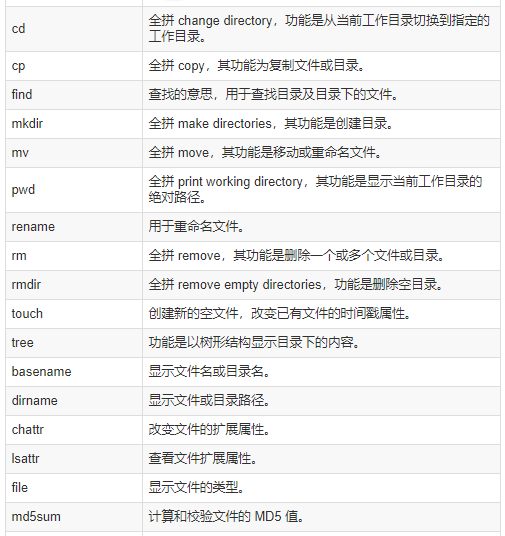
File Viewing and Content Processing Commands
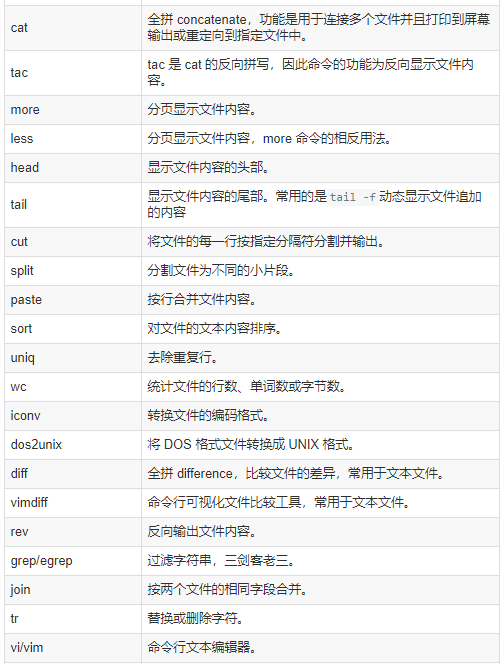
File Compression and Decompression Commands

Information Display Commands
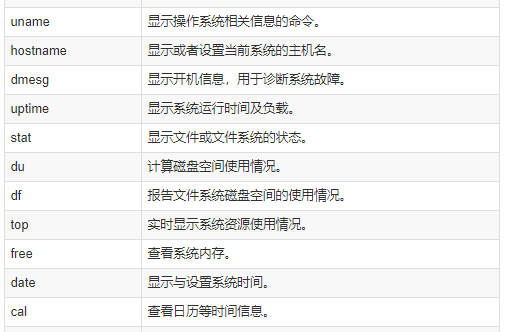
File Search Commands

User Management Commands
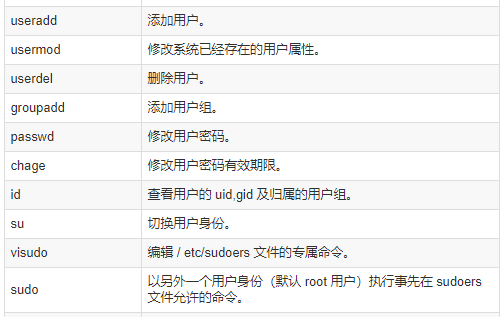
Basic Network Operation Commands

Advanced Network Operation Commands
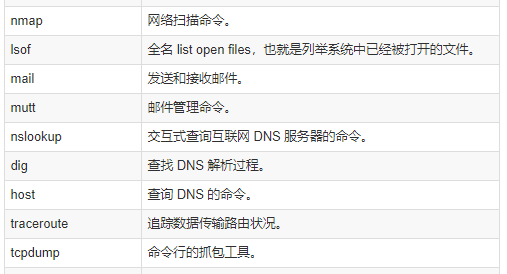
Commands Related to Disks and File Systems
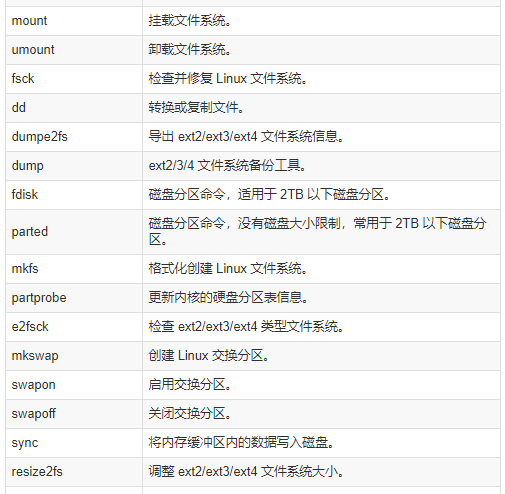
Commands Related to System Permissions and User Authorization

Commands to View System User Login Information
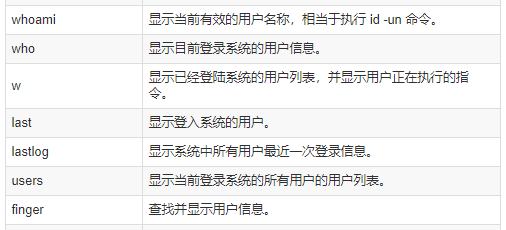
Built-in Commands and Others

System Management and Performance Monitoring Commands
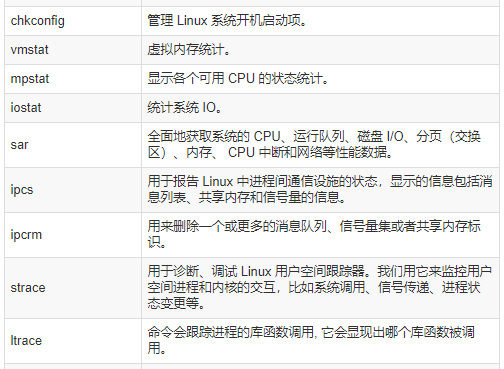
Shutdown / Restart / Logout and View System Information Commands
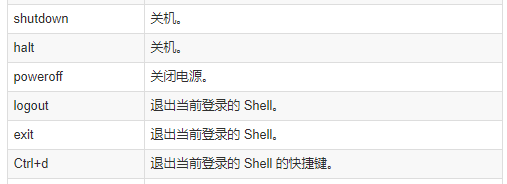
Process Management Related Commands
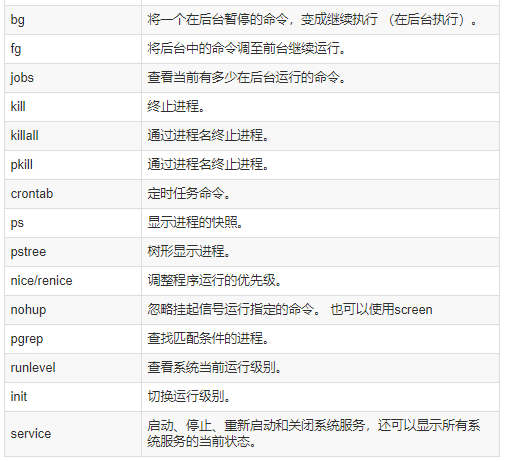
Download 1: OpenCV-Contrib Extension Module Chinese Tutorial
Reply "Extension Module Chinese Tutorial" in the "Little White Learns Vision" WeChat public account backend to download the first OpenCV extension module tutorial in Chinese, covering installation of the extension module, SFM algorithms, stereo vision, target tracking, biological vision, super-resolution processing, and more than twenty chapters of content.
Download 2: Python Vision Practical Project 52 Lectures
Reply "Python Vision Practical Project" in the "Little White Learns Vision" WeChat public account backend to download 31 practical vision projects including image segmentation, mask detection, lane line detection, vehicle counting, eyeliner addition, license plate recognition, character recognition, emotion detection, text content extraction, and facial recognition, to help quickly learn computer vision.
Download 3: OpenCV Practical Project 20 Lectures
Reply "OpenCV Practical Project 20 Lectures" in the "Little White Learns Vision" WeChat public account backend to download 20 practical projects based on OpenCV to advance your OpenCV learning.
Group Chat
Welcome to join the reader group of the public account to exchange with peers. Currently, there are WeChat groups for SLAM, 3D vision, sensors, autonomous driving, computational photography, detection, segmentation, recognition, medical imaging, GAN, algorithm competitions, etc. (these will be gradually subdivided in the future). Please scan the WeChat number below to join the group, and note: "Nickname + School/Company + Research Direction", for example: "Zhang San + Shanghai Jiao Tong University + Vision SLAM". Please follow the format; otherwise, you will not be approved. After successfully adding, you will be invited to join the relevant WeChat group based on your research direction. Please do not send advertisements in the group; otherwise, you will be removed from the group. Thank you for your understanding~
